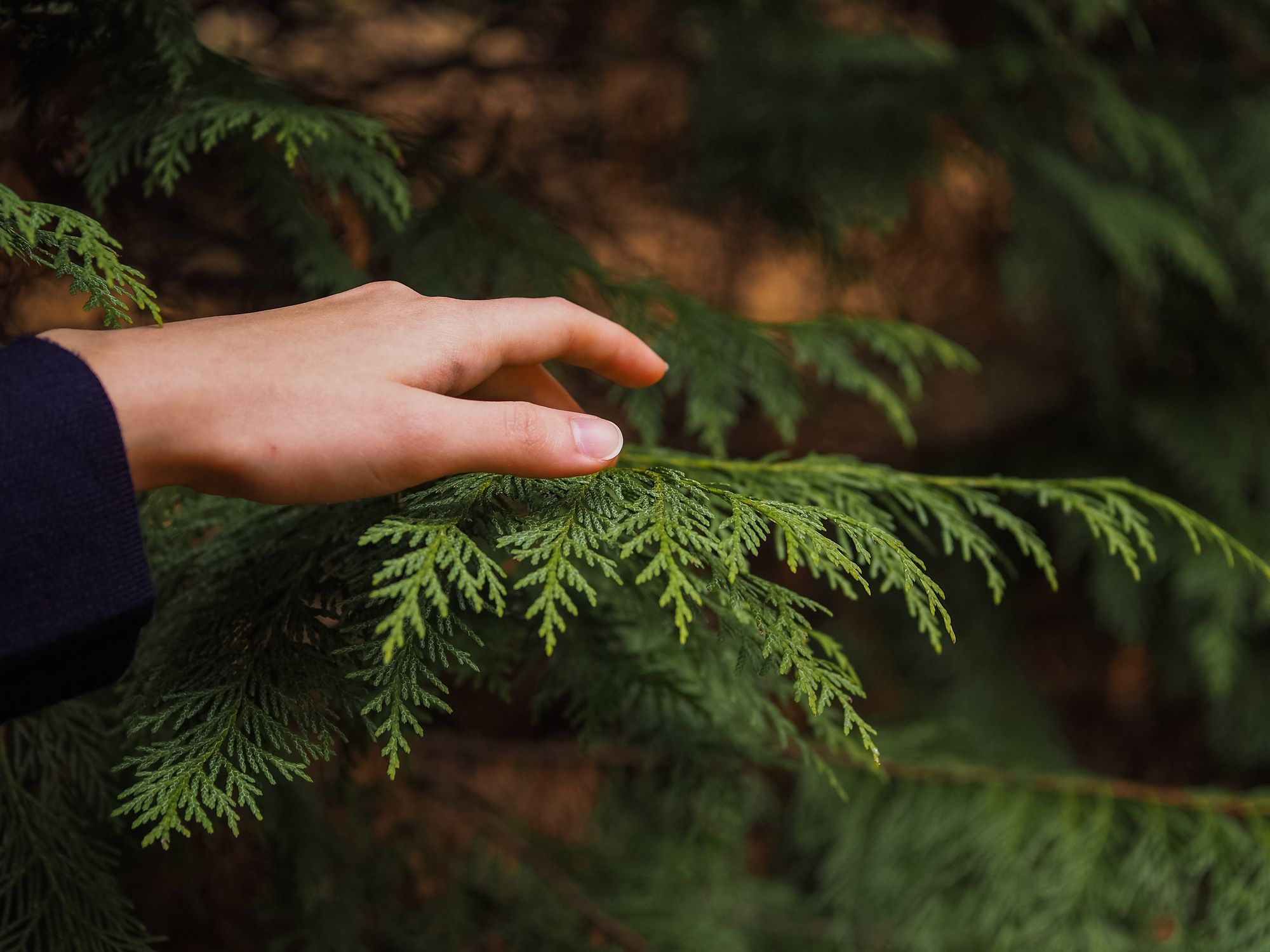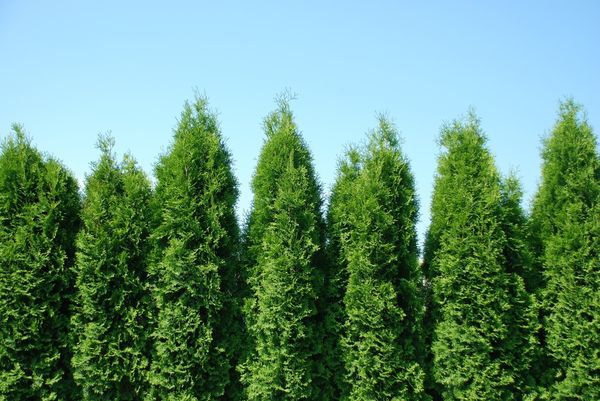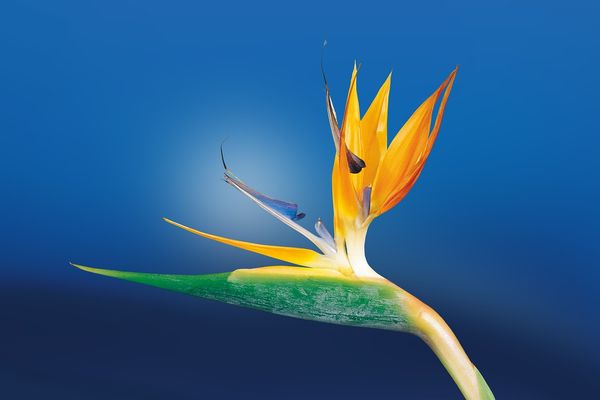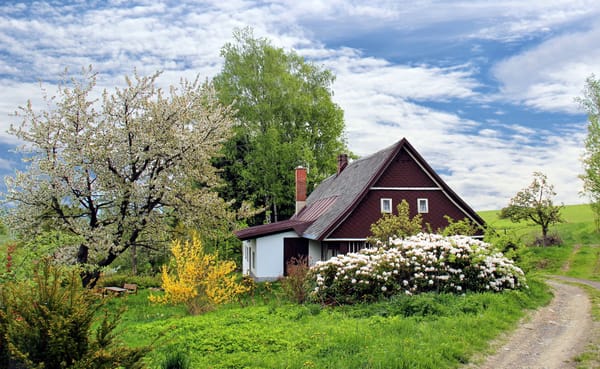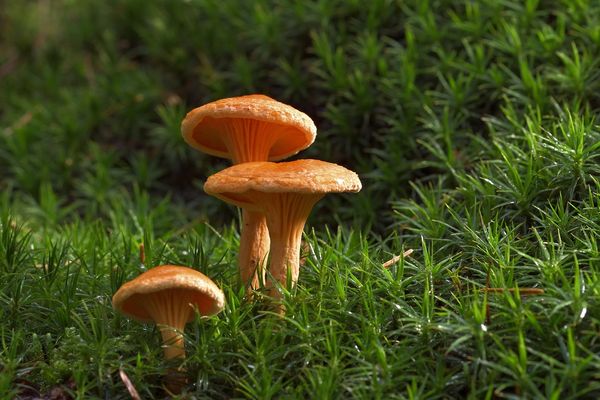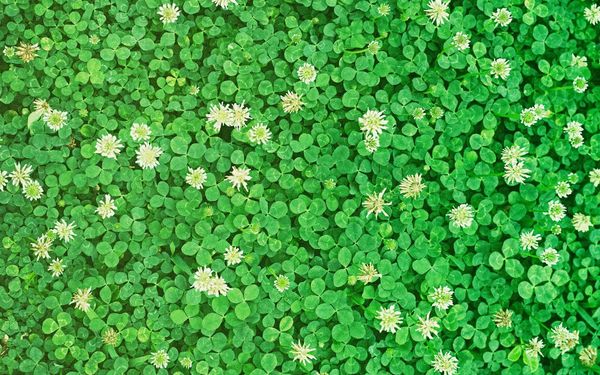Any well-intentioned homeowner would be thrown for a loop if they saw an Arborvitae turning brown, mainly since they are supposed to be evergreens. Most people are familiar with them for their cheery appearance, bright foliage, and easygoing demeanor; thus, seeing discoloration and probable dryness might be concerning.
In this essay, I'll discuss the fundamental problems you must know and how to fix them if your evergreens have trouble. I'll also go through the different actions you need to take to avoid issues from happening again.
Continue reading to get the knowledge you need to provide your arborvitae the best possible care.
Causes of brown arborvitae and remedies
Your arborvitae may be suffering from a disease or not receiving enough water if it is starting to turn brown. The following problems could be the cause of this:
Shock after Arborvitae Transplant
A tree may endure stress during transplantation because its root system might sustain damage. As a consequence of a decrease in water intake, its leaves may start to turn brown.
Related: Best Tall Privacy Trees
Preventing Transplant Shock
You should ensure the transplant hole is roughly three times as broad and deep as the root ball to give your transplanted arborvitae the most excellent chance of prospering in their new environment.
A 3-inch mulch layer that surrounds the trunk but is not in touch with it should also be added, along with proper quantities of water.
The best course of action is to postpone fertilizing for a season or two following the transplant, advises Utah State University Forestry Extension.
It is essential to keep in mind that it might take your tree up to five years to recover from the event completely.
Dry Summer
Your tree will transpire more quickly in the heat, exchanging more moisture with the environment.
Your arborvitae will turn brown if not given enough water since they won't be able to replace the moisture lost via evaporation from their leaves into the warm air.
Preventing Underwatering Issues in Summer
You may fix the problem by giving the plant enough water and mulching.
Winter Weather Burn
Because of the cold temperatures, your arborvitae may be in danger of less moisture throughout the winter. In addition, it will have to deal with chilly winds, frost, and the sun's glare throughout the winter.
The tree may become brown as a result of the desiccating impact of this. The shock of going from the heat of the day to the cold of the night may also effect the tree's cells and worsen the problem.
Preventing Evergreen Winter Burn Patches
Water your arborvitae in the summer and autumn, add a layer of mulch for insulation, and ensure there is a suitable space between the mulch and the tree trunk to ensure it is prepared for winter. Additionally, cover it with burlap.
Fungal Disease
Pests or illnesses may attack if your arborvitae is distressed due to unfavorable weather or climatic circumstances.
One such foe, Pestalotiopsis, loves to start working in the middle of thick vegetation, often found towards the tree's base.
The leaves of arborvitae will gradually turn yellow as this fungal infection, which loves to attack in the spring, works its way from the tip toward the base.
Evergreen Disease Treatment and Prevention
Your arborvitae should be periodically examined for any potential entrance sites most often generated due to damage from strong winds or storms. Affected areas of the plant should be clipped immediately.
Your tree will be in fantastic condition if you water and fertilize it, which will help it fight off parasites and fungi.
Arborvitae Browning Symptoms
The position of the damaged area on your tree might reveal the exact nature of the problem with your arborvitae. Here's a deeper look at pinpointing localized issues.
Arborvitae Browning in Center
According to Iowa State University, your arborvitae, like its other evergreen siblings, may lose the foliage that is closest to the core of the tree during colder temperatures since this is the oldest part of the tree, which causes the evergreen to turn brown there.
It is also true that more leaves may fall from the heart of a tree than usual if it is stressed by illness or a drought.
Arborvitae Dying from Bottom Up
One of the primary causes of this problem is root rot. The presence of wet soil brings on the issue because of poor soil quality or excessive irrigation, which stops roots from breathing.
Consequently, the tree will start to turn brown from the bottom up because there are fewer roots accessible to provide it with the water and nutrients it needs to grow.
The simplest solution to this issue is to put your tree on soil that drains properly and to avoid overwatering it. This will lessen the likelihood of waterlogging the earth.
Arborvitae Brown On One Side
Winter burns are most likely to blame for this issue. It might be caused by neglecting to water your tree correctly in the summer and autumn and failing to use the thawing period to water it.
This is because your Arborvitae could find getting water from the soil in cold conditions challenging. However, if you water it before the arrival of colder weather, the earth will become wet and warmer, improving the environment for the roots.
Additionally, it will allow your tree to store water in its tissues, roots, and leaves for later use.
Mulch may also help prevent moisture from quickly escaping into the dry winter air.
Burlap wrapping may be a particularly effective way to shield your tree from the effects of chilly weather.
How To Keep Brown Arborvitae Trees From Dying
Arborvitae that is becoming brown may be treated in various ways, and the problem can also be avoided by taking preventive measures.
Here are the best solutions I've found for saving a struggling evergreen.
Spring or Summer Pruning
In addition to helping your tree develop the shape you want, pruning may help it stay healthy by removing sick or damaged branches.
You may give your Arborvitae a chance to produce new leaves before autumn comes by pruning them in the spring.
Summer is another excellent time to prune since it will have time to recuperate and mend from any exposed wounds before the advent of autumn.
Winterize your tree by wrapping it in burlap
The best material for shielding your evergreens from the worst of winter is burlap, a fantastic method to prevent harm from frost, snow, and protracted wet weather.
Additionally, it will deter hungry animals that may otherwise harm the leaves, stems, branches, and trunks.
To maintain root balls in the best condition possible until they are transported to their destination, they are often wrapped in this coarse-textured, durable woven cloth. In addition to being breathable, it is also vital.
Place poles around the tree and wrap the burlap tightly around them, securing it as you go to protect your Arborvitae before winter arrives.
Alternatively, you may wrap the Arborvitae with burlap, working your way from top to bottom. Not swaddled but cozy wrapped up is how your tree should be.
It will be necessary to use a clip and thread to connect the burlap. At the top, middle, and base of your evergreens, fasten it.
When the ground thaws, there is water
Your Arborvitae still needs water during winter dormancy, but in frigid temperatures, any water in the soil may freeze into ice crystals that the tree's roots cannot absorb.
Aim to water your trees thoroughly once or twice a month when you are sure the ground is frost-free to keep them hydrated during the winter when they cannot absorb water. This will enable plant cells to store water and defend against the harm brought on by adverse weather conditions.
Only water them when it is over 40 degrees Fahrenheit and in the morning. This will allow your Arborvitae to absorb the water before nighttime temperatures drop.
How to Fertilize an Arborvitae
Remember that according to their age, how well they are doing, and the time of year, Arborvitae have various fertilizer needs. Here is a list of the things you should think about.
Age and Life Stage
Arborvitae trees should never be fertilized if they are young or have just been moved. With new plants, the emphasis is on the growth and establishment of the roots. Root burn and accelerated growth are risks of fertilizing plants before their second or third year of maturity.
Overall Health and Vitality
Only healthy Arborvitae can use applied fertilizer, particularly when employing a fast-acting feed.
If it is sick, its condition can worsen as it pushes new growth with little energy reserves.
The use of slow-release granules with a low-dose NPK ratio is advised. This will allow it to provide nutrients slowly and gradually rather than all at once.
Time of Year
Like any other evergreen, you should fertilize your Arborvitae in the early spring. If you do this, it will have the time to produce new growth during the summer growing season.
Useful Fertilizer Types
The finest fertilizers for Arborvitae are those with a more significant percentage of nitrogen compared to phosphorus and potassium ratios when feeding in the spring. Nitrogen aids in the development of fresh foliage and strong root development.
Your tree will be prepared to withstand the rigors of winter and avoid new leaf development if you treat it in the fall with a fertilizer that has increased potassium and lower amounts of nitrogen.
Most Common Arborvitae Trees
Numerous advantages may be obtained by planting Arborvitae in your garden and yard, from giving seclusion and screening to shielding from the weather and enhancing your scene with intrigue, texture, and depth of field.
For every situation, there is an Evergreen. Listed below are some of my favorites.
Emerald Green Arborvitae
This dwarf conifer is stately and elegant, evoking the grandeur of rural manors.
It is perfect for adding a bit of solitude and a dash of stately home elegance to your surroundings because of its distinctive thick leaves in a deep gem-like green.
Botanists call the tree Thuja Occidentalis or the Eastern or Northern white cedar.
It may grow up to 15 feet tall and 4 feet wide and is renowned for its resilience to drought, tolerance to cold, and capacity to withstand brutal winters.
Soil pH range of 6.8 to 7.2 is optimal for the emerald green Arborvitae, which can survive in USDA plant hardiness zones 4 through 8.
Although it often minimal care and can endure brief frosts, to retain its dense foliage, it should get at least 4 hours of sunshine each day.
Additionally, until it is two years old, extra care should be taken to water it often. Pruning and fertilizing may both be done after two years.
Thuja Green Giant Arborvitae
This Western Red Cedar x Japanese Arborvitae hybrid with distinctive flat, frond-like leaves is genuinely European.
The Thuja Green Giant Arborvitae, or Thuja standishii plicata as it's known in the scientific community, may reach heights of 60 feet and widths of 20 feet. It is known to turn a pale shade of bronze in the winter.
It flourishes in zones 4 through 7 and prefers mildly acidic to alkaline soil with a pH range of 5 to 8.
The Thuja Green Giant enjoys full sunlight, which it needs for around two hours each day. Both salt and intense darkness are intolerable to it.
But it is resistant to heat, cold, disease, and deer.
This aromatic conifer may grow relatively quickly and has a lifespan of 40 years.
Even though it is vulnerable to wind damage, it requires little care.
Conclusion
Understanding the cause is the first step to save brown arborvitae trees. While freezing temperatures and ground freezes may trigger browning, the problem is not solely confined to harsh winter conditions. The sight of an arborvitae tree turning brown can also be due to factors like inadequate soil moisture, harsh winds, or even the condition of the soil structure. That being said, brown foliage doesn't always mean your evergreen family member is dying, as it could be just a seasonal needle drop, a natural process for the arborvitae shrub.
To ensure the tree's transition back to its natural green, a keen focus on tree care can help rejuvenate your plant. When you plant arborvitae, make sure to choose a location that provides shelter from strong winds and isn't overly exposed to sunlight. Monitor the soil moisture regularly and make necessary adjustments, especially during drought conditions or extreme temperatures. While the evergreen family, including the arborvitae shrub, is generally hardy, they still need thoughtful care to thrive.
Lastly, it's crucial to remember that an arborvitae tree turning brown isn't a death sentence. With adequate care and maintenance, you can help save brown arborvitae trees from further damage. Proper watering, protection from harsh winds, and ensuring optimal soil structure can do wonders in restoring your tree back to its healthy, natural green state. So, don't let the sight of a browning arborvitae shrub dishearten you. With the right efforts, you can reclaim the vibrancy of your evergreen family member.

